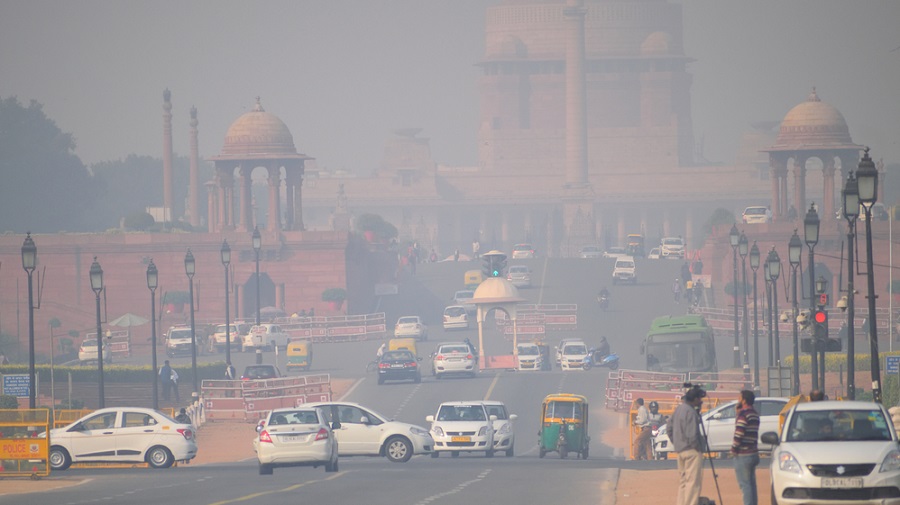Delhi's air quality improved to the moderate category on Friday morning due to favourable wind speed and is likely to get even better.
The city's air quality index (AQI), which was 302 at 4 pm on Thursday, improved to 131 by 9 am on Friday.
On Wednesday, the 24-hour AQI was 413, which falls in the severe category.
An AQI between zero and 50 is considered "good", 51 and 100 "satisfactory", 101 and 200 "moderate", 201 and 300 "poor", 301 and 400 "very poor", and 401 and 500 "severe".
Stronger winds and a drastic reduction in the contribution of stubble burning were two major reasons for cleaner skies over Delhi.
V K Soni, the head of the India Meteorological Department's environment research centre, said the wind speed remained favourable throughout the night, leading to a better-than-predicted situation.
Usually, winds remain calm at night. On Thursday night, favourable wind speed (8-12 kmph) led to better dispersion conditions, he said.
The maximum wind speed is predicted to be 14 kmph on Friday, according to the India Meteorological Department.
The share of stubble burning in Delhi's pollution has also reduced significantly as the harvesting season has ended.
The contribution of stubble burning in neighbouring states to Delhi's PM2.5 levels was just 1 per cent on Thursday and 2 per cent on Wednesday, according to the Ministry of Earth Sciences' air quality monitor, SAFAR.
The minimum temperature was 10.2 degrees Celsius on Friday. The maximum temperature is likely to settle around 25 degrees Celsius, the weather department said.
Calm winds and low temperatures trap pollutants close to the ground, while favourable wind speed helps in their dispersion.











